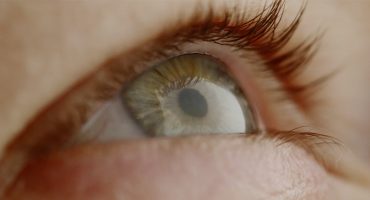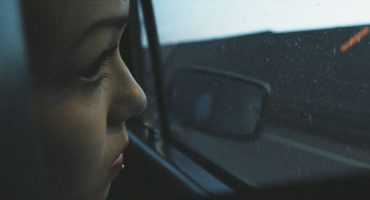In the same way you cast actresses and actors who suit the characters of a script, you want the locations to fit the story. A location should add to the atmosphere of a film and give credibility to fictional scenes. Finding the filming locations is, therefore, one of the most important steps of pre-production.
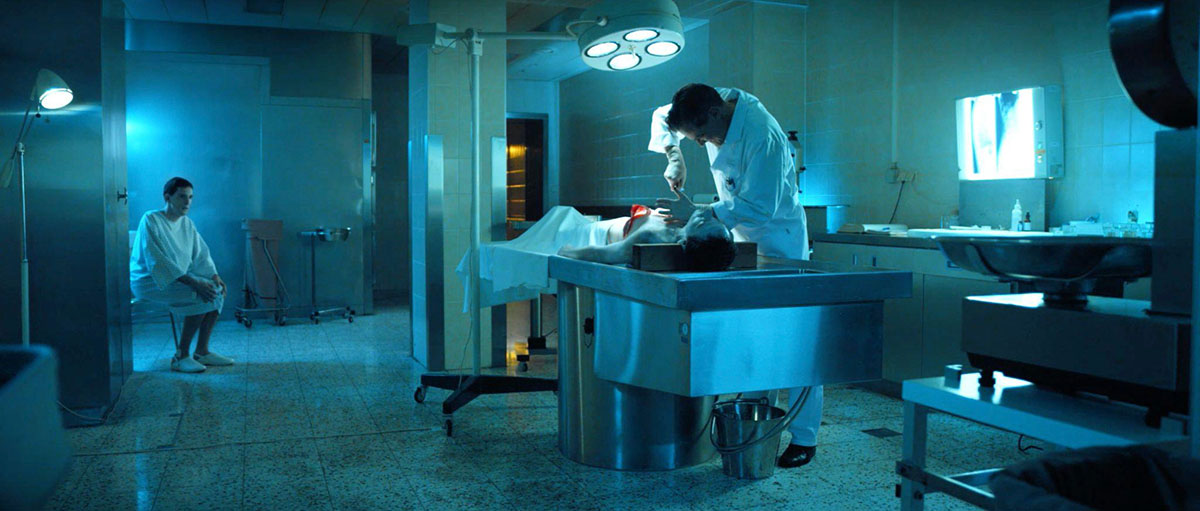
The cold and clinical look of the pathology adds a lot of atmosphere to the scene.
Good locations support the narrative and fulfill logistic requirements. They also greatly influence your shot composition and are a key factor affecting the overall visual language of your film. So, the process of location scouting is more than just finding locations where you can film; it also involves checking if they are suitable for your specific project, artistically and practically.
Table of Contents
What is location scouting?
Location scouting describes the process of finding the right places to shoot movies, TV series, commercials, music videos, and other visual content.
There is no predetermined way to find a certain location: it could happen in many ways and very much depends on what kind of place you are looking for. For example, if you are looking for an apartment or family home, you could contact real estate offices. If your film requires an old, abandoned factory, you will have to take a different approach and most likely do some research to find out about abandoned factories in your area.
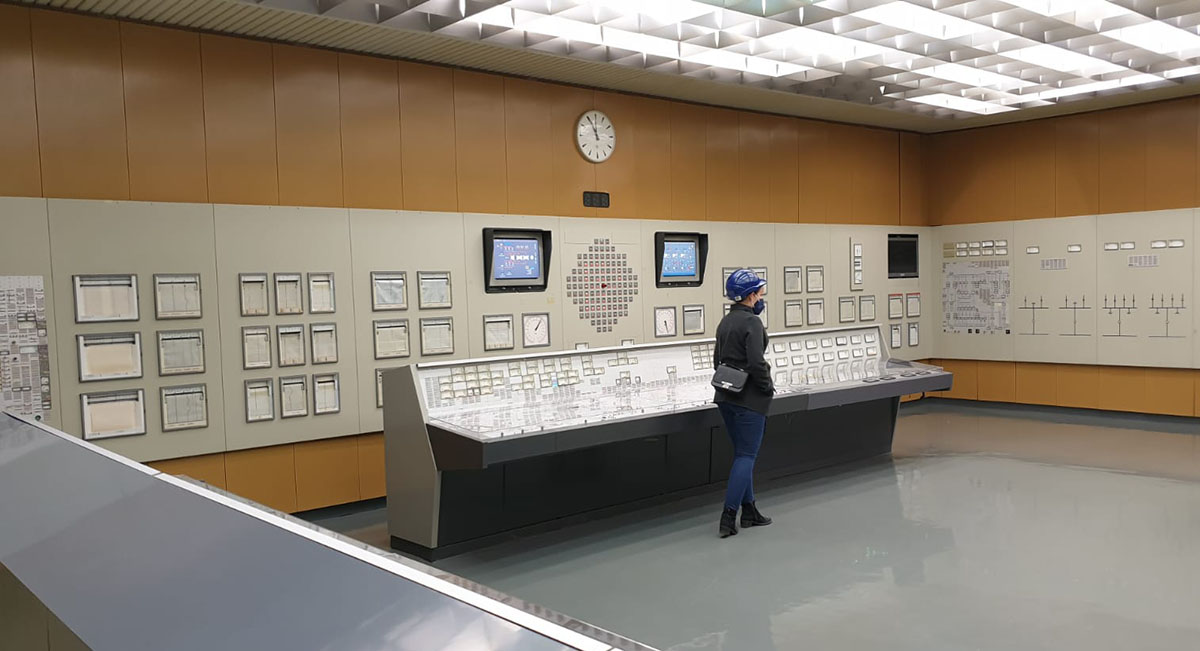
Finding special or historical locations usually requires some research.
A very common way to find film locations is to hire a location scout. Location scouts (or location managers) are professionals who specialize in looking for and finding places that can be used as film locations. Usually, they have an archive of possible film locations and helpful contacts in their area, and they look for interior or exterior venues that can be used as settings for certain scenes.
Even if your budget allows you to hire a professional location scout, you must still do the creative work of defining and choosing the right location for your film. This article will help you with that process.
What makes for a “good location”?
As is often the case in the field of creative work, there is no single right answer to that question. However, consider the following:
Different stories require different kinds of locations. In some films, the locations must stay in the background. They shouldn’t stand out by themselves; instead, they should serve mainly as a sort of stage for the characters, without drawing attention to them.
While watching such a movie, you don’t even think about the locations where the story is taking place, as they seem credible and there is no reason for you to question their authenticity. Locations that make this possible can be considered “good locations.”
In other cases, it is important for a location to not only match the story and be authentic and credible, but also add something to the look and feel of the images and the atmosphere of the story or to help characterize the people in these places.
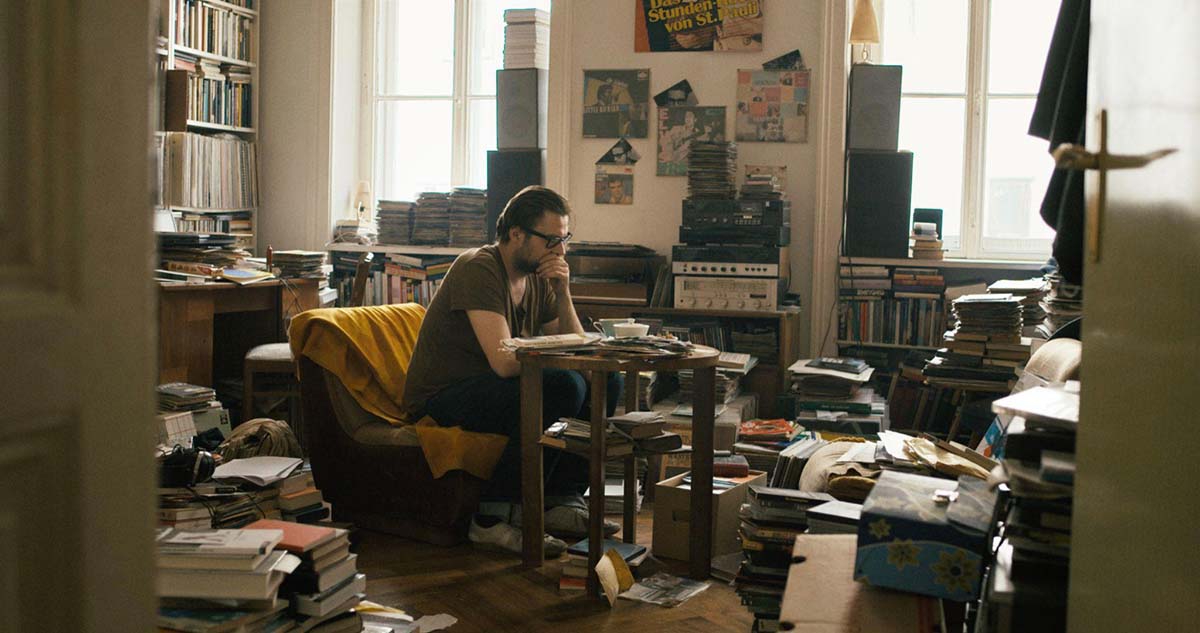
His apartment and the apparent mess in it play an important part in the story
The location then serves as something like an additional character. It can stand out, attract the viewer’s attention, and be impressive to look at without distracting from the story. Even more so, it adds another layer to the story. These can also be considered “good locations.”
So, how can you find a good location for your film?
How to prepare for scouting locations
Let’s say you are working on your next film. Maybe a location scout already proposed locations to you or maybe you are looking for locations yourself. In the following paragraphs, we will review the most important aspects of finding good locations for your project.
When you are visiting a location, bring a camera or your iPhone to take pictures and notes. It is also helpful to use apps like Sun Seeker (to check the sun’s path) and Cadrage Director’s Viewfinder (to pre-visualize your shots) when location scouting. These apps are used widely among professional filmmakers and will provide a lot of useful information for you during the scout.
The right location for your story and artistic idea
When you read a script, you will imagine what the locations might look like. These ideas will be formed by the way the locations are described, the atmosphere that the script creates, the way the characters interact with the locations, and so on. To define and communicate an artistic view of the locations, many filmmakers find it helpful to collect mood-images and create so-called “mood boards” or “look books.”
These references could be drawn from anywhere, be it other films, paintings, still photography, or any other visual inspirations. This can facilitate conversations between team members and thereby help to find the right location.
Functional properties of a location
Finding the right location to match your artistic idea is the first crucial part of the process. There is, however, a second part, that is no less important: checking out the functionality of a location.
Does the location offer the required conditions for a film shoot? The following paragraphs cover several aspects you must consider.
Given that each of these aspects must be thoroughly evaluated, certain team members are responsible for the respective tasks. In smaller productions, the team may not consist of all the team members cited below. Therefore, somebody else on the team must be responsible for the tasks.
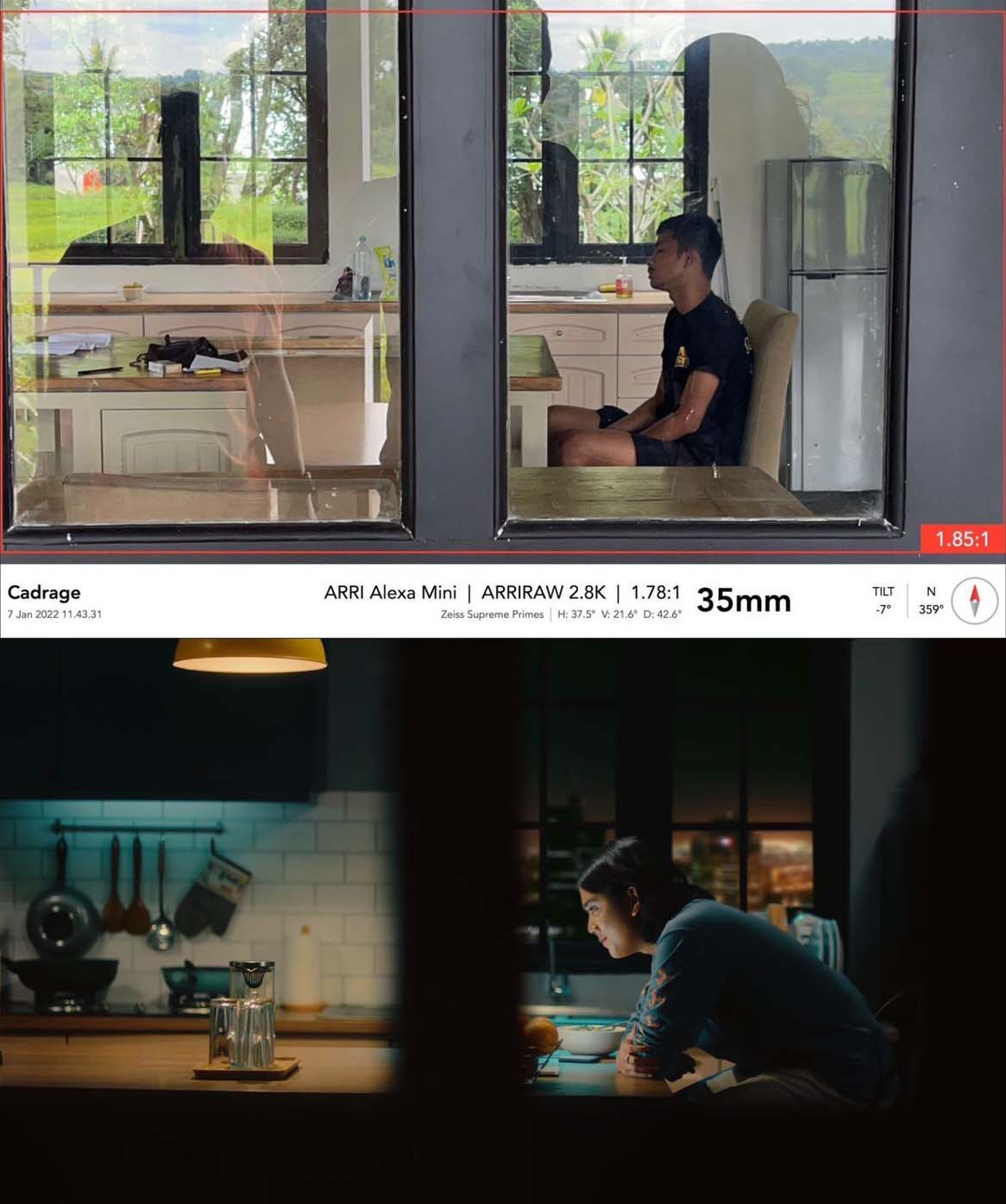
Sometimes, many changes must be made to a location for a film shoot. These must be planned ahead of time.
Logistics
Wherever your shooting location is, cast, crew, and equipment must be transported there. If your location is far away or hard to reach, this will not only take up a lot of shooting time per day, but also potentially make transportation expensive and complicated.
The logistics of a location will heavily contribute to how smooth the progress of your shooting day at that location will be. Important things to consider are parking spots for cars and equipment trucks, toilets and bathrooms for cast and crew, and cell phone reception.
Clarifying the logistics of a location is usually the duty of the production manager, unit manager, or location manager in collaboration with the 1st AD.
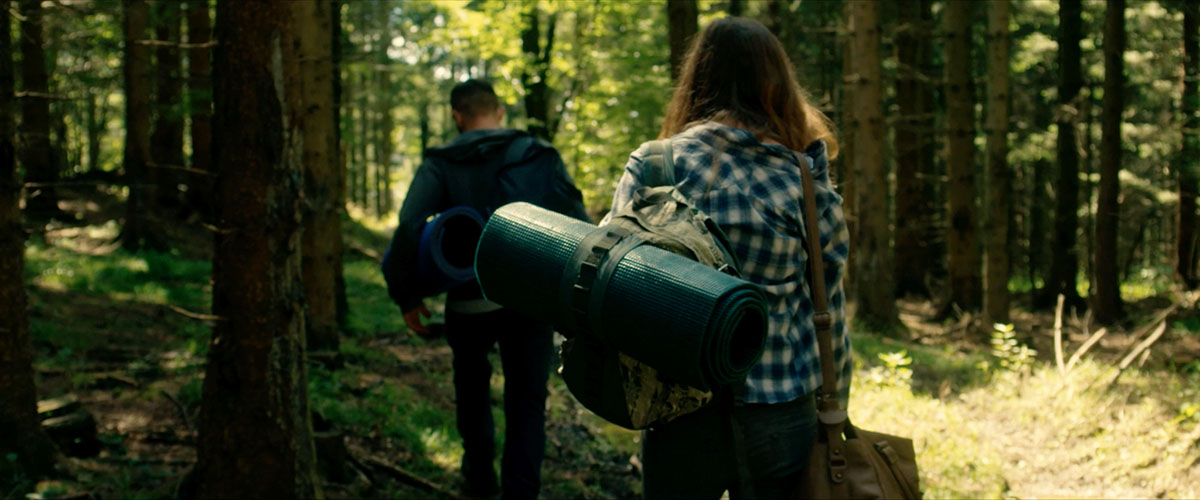
Locations in the woods or countryside without much infrastructure require certain preparations to allow for a smooth shooting process.
Electrical power sources
If you are planning to shoot with light sources other than natural light or the available light at a location, you must ensure that the location provides enough electrical power for the lighting equipment you want to use.
To do that, you must check where the sockets are located, if there is any high power connection (if needed), and where the fuse box is located, as well as its condition. This is done by the gaffer or someone else from the lighting department, who should be a skilled electrician.
Apart from lighting, a location must offer enough electric power for everything else that is needed, depending on the requirements of the shoot. That can be hair and make-up, wardrobe, charging of batteries, craft service, and so on.
If a location doesn’t provide enough electrical power sources for your shoot, you will have to think about alternatives, such as generators. This is taken care of by the production manager, unit manager, or location manager in collaboration with the 1st AD, consulting the gaffer, respectively, the lighting department.
Natural and available light
When you are considering a location for your shoot, you should scout it at the approximate time of day (and year) you are planning to shoot there, if possible.
This will help you see the way the natural light behaves at a certain time of day and what that location looks like in that light situation.
Furthermore, when you are at the location, you should check the path of the sun, to see from what direction the sunlight hits your location at what time of the day. You can do this by using a compass or a professional cell phone app, such as Sun Seeker.
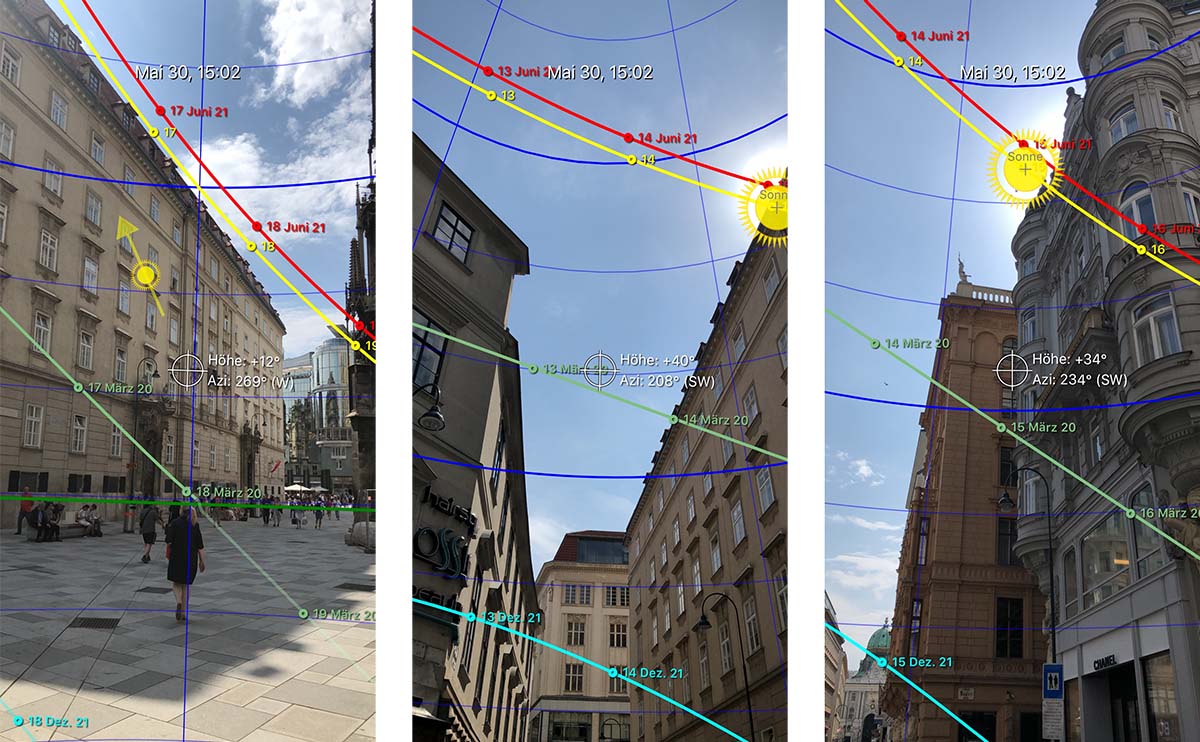
Using the Sunseeker App during location scouting will help understand where the sun will be at the shooting time.
The position of the sun has a significant effect on the look and mood of a place and thereby on the images you can create there. Therefore, when it comes to your shooting schedule, you should carefully consider information about the sun’s path.
If you are planning to shoot at night, you must observe the existing lighting in the location so that you can plan and organize the additional light equipment you will need for your shoot. It is the DoP’s responsibility to check if the lighting situation at a location will allow them to create the kind of lighting and mood that they and the director imagine for the film.
Sound
What is the ambient sound at your location of choice? Are there any roads, railroads, or rivers nearby that are audible and could disturb your sound recordings? What about the interior sounds? For example, are there any air conditioners or other machines you would need to turn off because they interfere with the sound recording while filming? Given these considerations, you should involve the film’s sound recordist in the process at a certain point.
Cost and permission
It is wise to clarify the cost of a location early in the process to avoid putting too much time and work into planning your shoot at a certain location only to find out later that your budget will not allow you to shoot there.
The same goes for permission. If you don’t already know, you will have to find out who owns a certain property and if they’ll permit you to film there. The production manager normally takes care of that.
Verifying a location for your artistic vision
Once you have found a location that fits the narrative of your story and have clarified the most important organizational questions, it is time to see if and how that location allows you to realize your artistic vision. This creative process is usually done by the director and the DoP in close collaboration with the set designer.
Just because a location looks great and feels right for the story doesn’t mean that it can translate into film images. You must verify whether you can find the right camera angles and whether you have enough space for actors, cameras, sound, and all the equipment you need to create the images you envisioned.
To do that, the director and the DoP will work through the blocking of the scenes (meaning the positions of the camera and actresses and actors for the respective shots) on location, mostly using stand-ins for the actresses and actors.
A common approach is to try out different shots of your scene with Cadrage Director’s Viewfinder or your photo camera. You are basically creating a storyboard or shooting board while scouting. This is a very powerful way to assess if a location will work for your film.
Using Cadrage for location scouting
Many professional filmmakers use Cadrage Director’s Viewfinder during location scouting. The app lets you try out shots while you’re scouting and creates shot lists including meta data like camera and lens setup, GPS location and compass bearing.
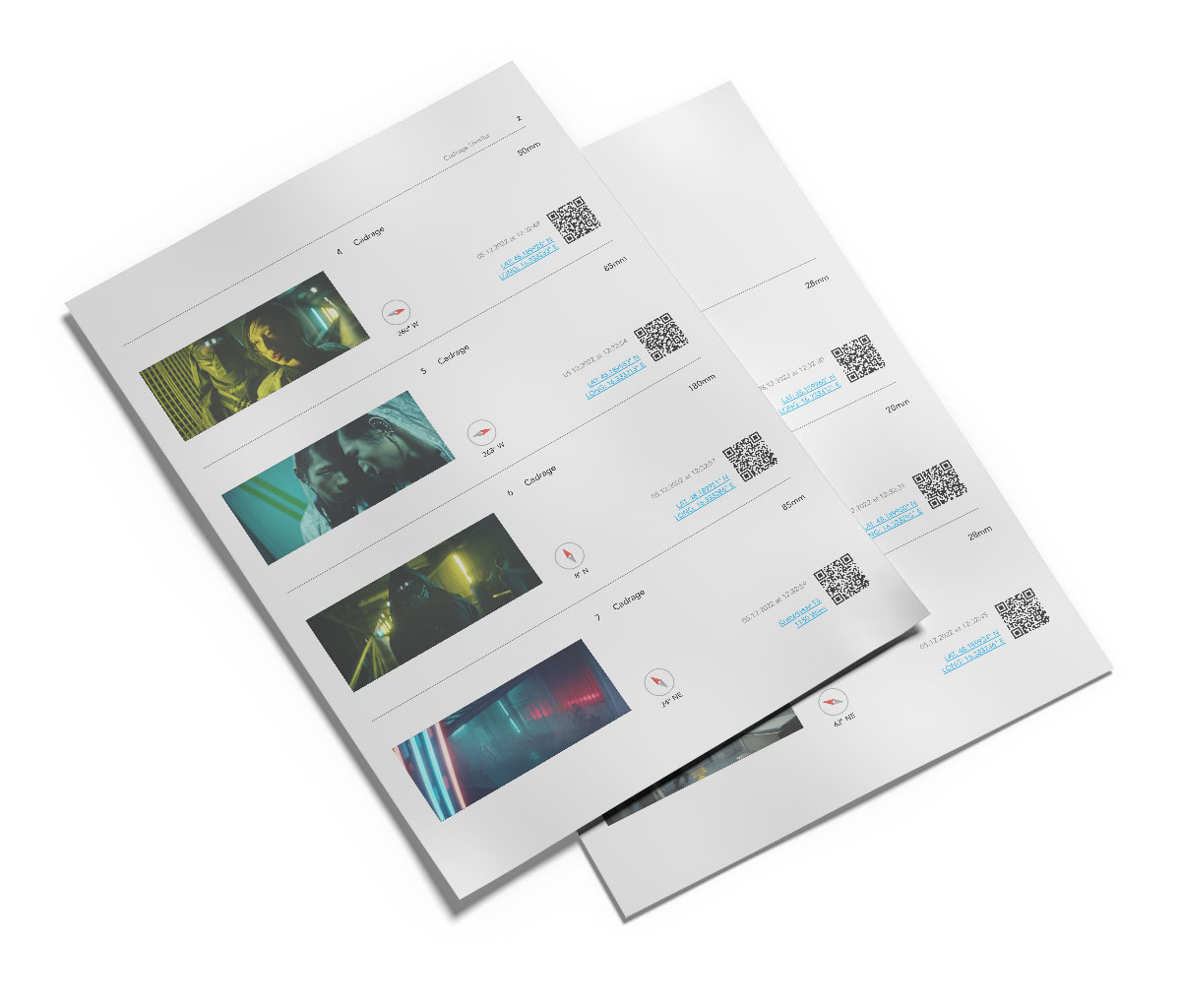
There are different approaches to defining a location as the right one for your film. Some filmmakers draw storyboards (or hire professional storyboard artists for that task) early in the process and adapt a location according to their storyboards, if they have the time and money to do so. Others let a location influence the images and the blocking of the scenes.
However you decide to approach it, it is key to look at a location before the shoot, to be there, to explore it, and to have the possibility of discussing your vision and ideas with your team.
Being well-prepared will protect you from unexpected troubles and allow you to concentrate on your creativity.
FAQ
What is the difference between location scouting and technical scouting (tech scouting)?
Location scouting is the process of looking for and verifying a location for a film shoot. Tech scouting is one of the final stages in preparation for a shoot once a location is fixed from an artistic point of view. All the appropriate crew members (director, DoP, 1st AD, production crew, gaffer, grip, sound engineer, etc.) look at the location together and check and discuss the technical circumstances to determine the final steps of preparation.
What is a recce in filmmaking?
Recce (or tech recce) is another word for tech scouting. It is used more frequently in the context of shooting commercials rather than feature films.


